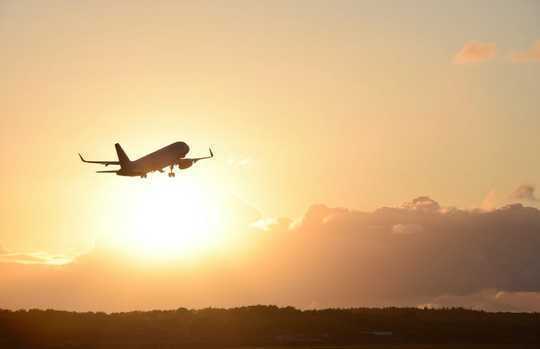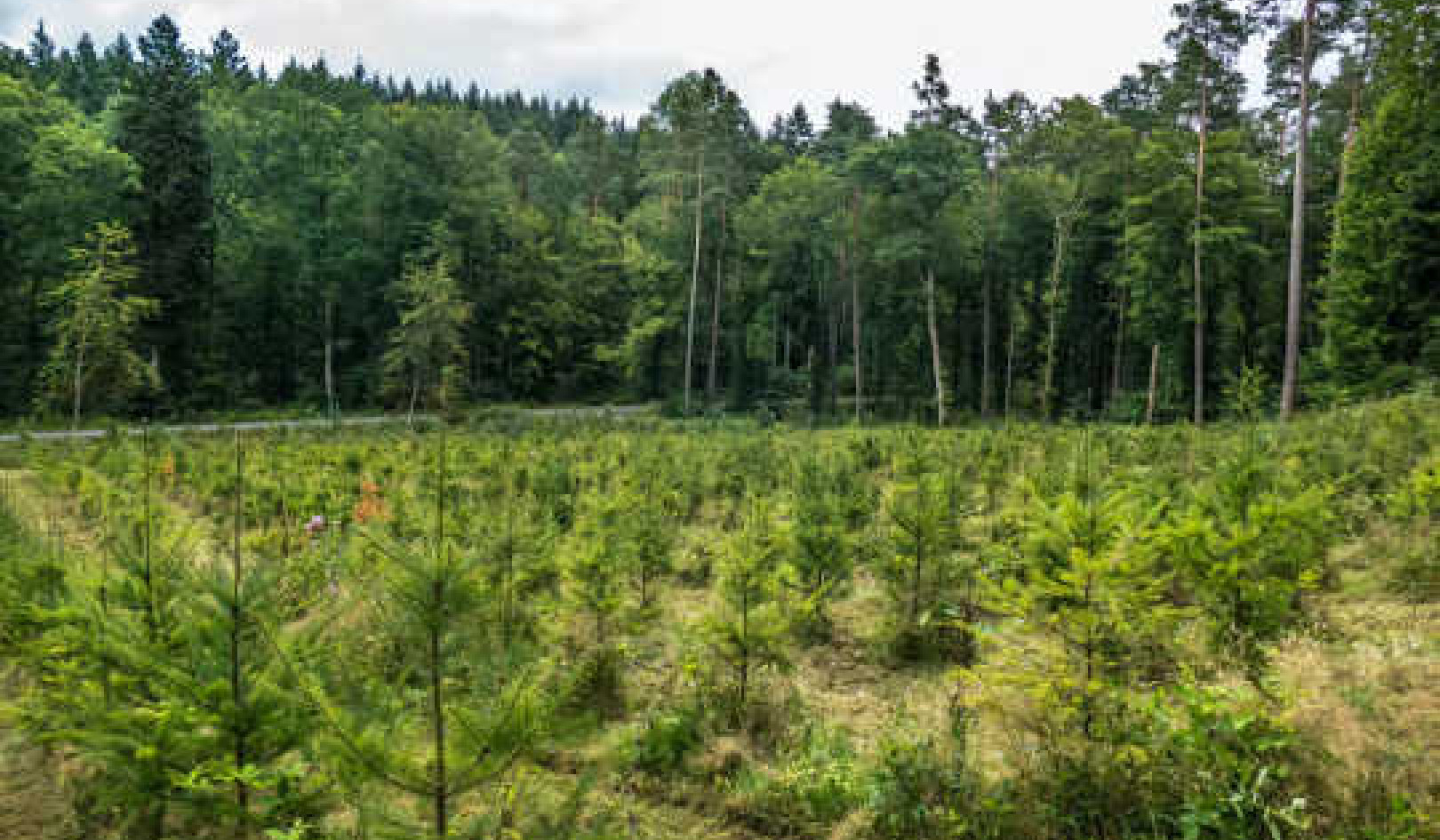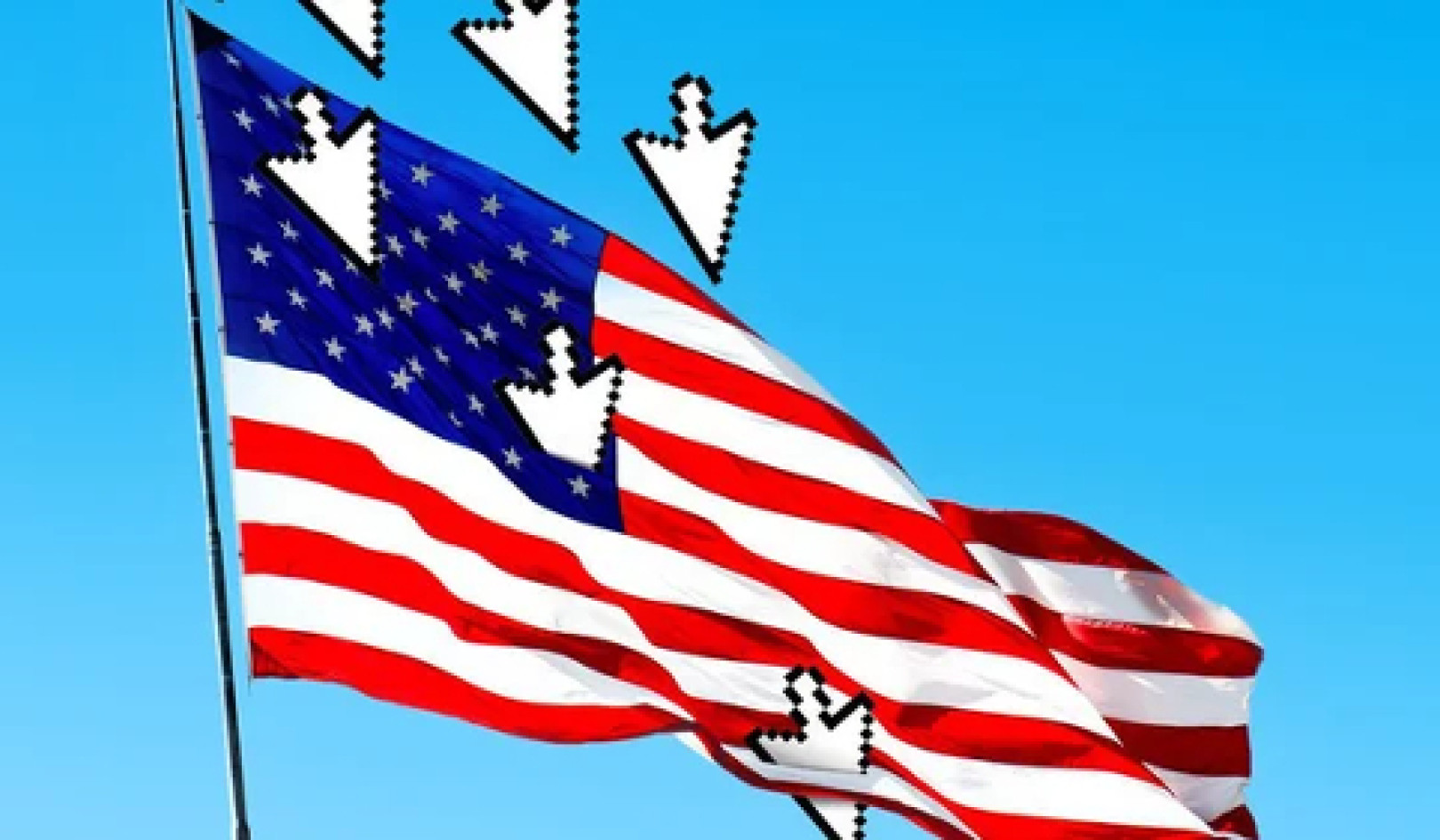 www.shutterstock.com
www.shutterstock.com
Unprecedented border closures and the domestic lockdown have paralysed New Zealand’s $40.9 billion a year tourism industry. In the process, the vulnerability of the sector to external shocks and the tenuous nature of tourism employment have been exposed.
While New Zealand’s handling of the pandemic has been hailed as a global masterclass, and the prospect of travel bubbles promoted as a way to restart the tourism economy and save jobs, it is clear there is no quick fix.
The inherent dangers of reinfection from travel to and from countries with uncontrolled community transition, and the challenge of protecting New Zealand’s borders, mean international tourism is grounded for the time being.
Nevertheless, planning for recovery is underway. The United Nations World Tourism Organisation (UNWTO) wants to restore confidence and restart tourism without delay. The European Union recently opened its borders to travellers from certain countries, including New Zealand.
But the proposed trans-Tasman and Pacific bubbles will likely be among the first safe international travel zones in the world.
Why not open a #PacificTravelBubble now & let tourism sectors & economies of #Covid19-free Pacific nations have a chance of recovering? Bubble could be reviewed if/when NZ opens to trans-Tasman travel; won’t be soon given ongoing new cases in NSW &Victoria https://t.co/6GwoUMpzJ1
— Helen Clark (@HelenClarkNZ) June 15, 2020
A Tasman-Pacific bubble is good for the planet
The economic benefits are obvious. A recent study using UNWTO data identified Australian tourists, who spend on average $7,490 on holidays, as the top spending tourists in the world. Of the 3.8 million international tourists who visited New Zealand in 2018, nearly 40% were from Australia.
By the end of 2019, Australian tourists had spent $NZ 2.5 billion in the New Zealand economy. Of course, that figure is offset by the $NZ 1.6 billion spent by Kiwis visiting Australia in 2019.
Simply wishing for a return to normal, however, is not enough. The tourism rebuild must negotiate a delicate balance between immediate recovery and long term sustainability. A new steady-state equilibrium that generates employment and income while driving down tourism carbon emissions is required.
Prior to the COVID-19 pandemic it was widely recognised that the global tourism system is economically and environmentally flawed. Our research has highlighted three main structural failures:
-
low value (caused by growth in arrivals combined with declining spending)
-
economic “leakage” (due to outbound tourism and the concentration of profit flowing to a few global players)
-
high carbon emissions (from high-carbon transport dependence, increasing distance of travel and falling average length of stay).
Reducing travel distances is key
In the case of a geographically distant destination like New Zealand, there is no ignoring the last of those problems, as a report by the New Zealand Parliamentary Commissioner for the Environment highlighted in late 2019.
{vembed Y=VBDR2E-V_rM}
The fact is, high carbon emissions are embedded in New Zealand’s tourism GDP. In the rebuild we must commit to measuring the carbon footprint of tourism, and actively manage forms of tourism that come with a disproportionately high carbon cost.
In practice, this will mean more tourism from the regional medium-haul markets that fall within the proposed Australia-New Zealand-Pacific travel bubble. Increasing reliance on Australian states rather than long-haul markets will result in a dramatic reduction in carbon emissions per dollar of tourism GDP.
Research published in 2010 showed that while Australian tourists made up 37% of international visitors to New Zealand they were responsible for 13% of air travel emissions. By contrast, visitors from Europe made up 18% of total visitors but 43% of emissions.
Fewer long haul arrivals, more Australian tourists, more domestic tourism and less outbound travel will dramatically reduce tourism carbon emissions.
COVID-19 has already kickstarted the domestic part of this equation. New Zealand hasn’t targeted local tourists since 1984’s iconic “Don’t leave town till you’ve seen the country” campaign. But the regions are now competing for the roughly 60% of all tourist dollars that New Zealanders spend in their own country each year.
The closure of international borders has also, for now, stopped the significant economic drain caused by outbound travel. In 2019 Kiwis spent nearly $5 billion travelling overseas.
International travel is so last year.
— Dunedin NZ (@Lovedunedin) June 2, 2020
You might not be going where you hoped, but the good news is, you get to come to Dunedin NZ.#dunnerstunner #dunedinnz pic.twitter.com/6SQ8cbpTm6
Time to stop marketing long-haul tourism
Most trade (including tourism exports) comes from markets closest to us. It is much cheaper to trade with neighbours, and it is far more sustainable to have tourists arrive from closer rather than distant countries.
New tourism models have to be found that can reduce the sector’s emissions while maintaining as much as possible its income and employment benefits.
Tourism carbon analysis is likely to point towards the growing importance of long-stay visitors, such as international students, who already provide 23% of total international tourist spending in New Zealand.
Equally it will be necessary to “de-market” and reduce long-haul, high-carbon, short-duration, and low economic yield tourist arrivals. Passengers who arrive on enormous carbon intensive cruise ships – 9% of visitors but only 3% of tourism earnings – fall firmly into the least desirable category.
An Australia-New Zealand-Pacific travel bubble clearly fits the new model. The tourism rebuild must involve all measures being taken to create a high-value, low-leakage and low-emissions tourism future.![]()
About The Author
James Higham, Professor of Tourism, University of Otago
This article is republished from The Conversation under a Creative Commons license. Read the original article.
Recommended books:
Capital in the Twenty-First Century
by Thomas Piketty. (Translated by Arthur Goldhammer)
 In Capital in the Twenty-First Century, Thomas Piketty analyzes a unique collection of data from twenty countries, ranging as far back as the eighteenth century, to uncover key economic and social patterns. But economic trends are not acts of God. Political action has curbed dangerous inequalities in the past, says Thomas Piketty, and may do so again. A work of extraordinary ambition, originality, and rigor, Capital in the Twenty-First Century reorients our understanding of economic history and confronts us with sobering lessons for today. His findings will transform debate and set the agenda for the next generation of thought about wealth and inequality.
In Capital in the Twenty-First Century, Thomas Piketty analyzes a unique collection of data from twenty countries, ranging as far back as the eighteenth century, to uncover key economic and social patterns. But economic trends are not acts of God. Political action has curbed dangerous inequalities in the past, says Thomas Piketty, and may do so again. A work of extraordinary ambition, originality, and rigor, Capital in the Twenty-First Century reorients our understanding of economic history and confronts us with sobering lessons for today. His findings will transform debate and set the agenda for the next generation of thought about wealth and inequality.
Click here for more info and/or to order this book on Amazon.
Nature's Fortune: How Business and Society Thrive by Investing in Nature
by Mark R. Tercek and Jonathan S. Adams.
 What is nature worth? The answer to this question—which traditionally has been framed in environmental terms—is revolutionizing the way we do business. In Nature’s Fortune, Mark Tercek, CEO of The Nature Conservancy and former investment banker, and science writer Jonathan Adams argue that nature is not only the foundation of human well-being, but also the smartest commercial investment any business or government can make. The forests, floodplains, and oyster reefs often seen simply as raw materials or as obstacles to be cleared in the name of progress are, in fact as important to our future prosperity as technology or law or business innovation. Nature’s Fortune offers an essential guide to the world’s economic—and environmental—well-being.
What is nature worth? The answer to this question—which traditionally has been framed in environmental terms—is revolutionizing the way we do business. In Nature’s Fortune, Mark Tercek, CEO of The Nature Conservancy and former investment banker, and science writer Jonathan Adams argue that nature is not only the foundation of human well-being, but also the smartest commercial investment any business or government can make. The forests, floodplains, and oyster reefs often seen simply as raw materials or as obstacles to be cleared in the name of progress are, in fact as important to our future prosperity as technology or law or business innovation. Nature’s Fortune offers an essential guide to the world’s economic—and environmental—well-being.
Click here for more info and/or to order this book on Amazon.
Beyond Outrage: What has gone wrong with our economy and our democracy, and how to fix it -- by Robert B. Reich
 In this timely book, Robert B. Reich argues that nothing good happens in Washington unless citizens are energized and organized to make sure Washington acts in the public good. The first step is to see the big picture. Beyond Outrage connects the dots, showing why the increasing share of income and wealth going to the top has hobbled jobs and growth for everyone else, undermining our democracy; caused Americans to become increasingly cynical about public life; and turned many Americans against one another. He also explains why the proposals of the “regressive right” are dead wrong and provides a clear roadmap of what must be done instead. Here’s a plan for action for everyone who cares about the future of America.
In this timely book, Robert B. Reich argues that nothing good happens in Washington unless citizens are energized and organized to make sure Washington acts in the public good. The first step is to see the big picture. Beyond Outrage connects the dots, showing why the increasing share of income and wealth going to the top has hobbled jobs and growth for everyone else, undermining our democracy; caused Americans to become increasingly cynical about public life; and turned many Americans against one another. He also explains why the proposals of the “regressive right” are dead wrong and provides a clear roadmap of what must be done instead. Here’s a plan for action for everyone who cares about the future of America.
Click here for more info or to order this book on Amazon.
This Changes Everything: Occupy Wall Street and the 99% Movement
by Sarah van Gelder and staff of YES! Magazine.
 This Changes Everything shows how the Occupy movement is shifting the way people view themselves and the world, the kind of society they believe is possible, and their own involvement in creating a society that works for the 99% rather than just the 1%. Attempts to pigeonhole this decentralized, fast-evolving movement have led to confusion and misperception. In this volume, the editors of YES! Magazine bring together voices from inside and outside the protests to convey the issues, possibilities, and personalities associated with the Occupy Wall Street movement. This book features contributions from Naomi Klein, David Korten, Rebecca Solnit, Ralph Nader, and others, as well as Occupy activists who were there from the beginning.
This Changes Everything shows how the Occupy movement is shifting the way people view themselves and the world, the kind of society they believe is possible, and their own involvement in creating a society that works for the 99% rather than just the 1%. Attempts to pigeonhole this decentralized, fast-evolving movement have led to confusion and misperception. In this volume, the editors of YES! Magazine bring together voices from inside and outside the protests to convey the issues, possibilities, and personalities associated with the Occupy Wall Street movement. This book features contributions from Naomi Klein, David Korten, Rebecca Solnit, Ralph Nader, and others, as well as Occupy activists who were there from the beginning.
Click here for more info and/or to order this book on Amazon.
























